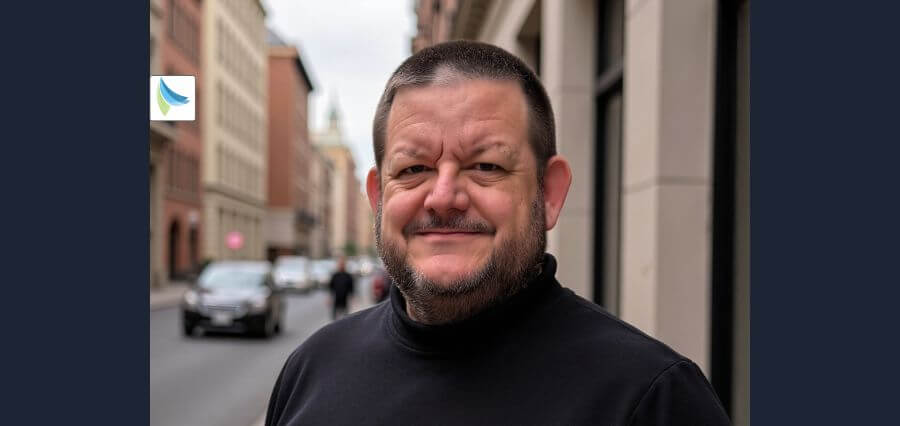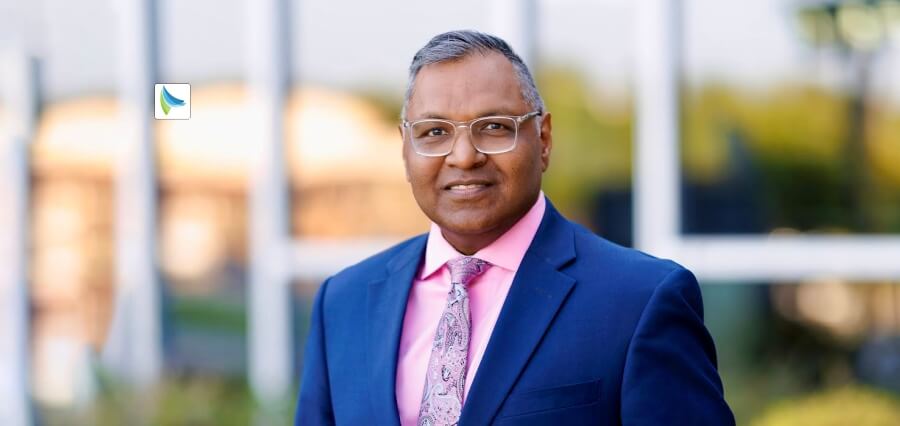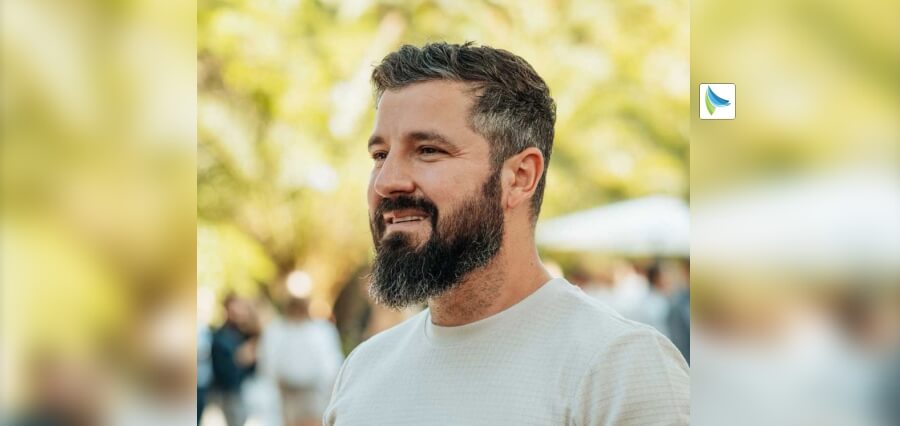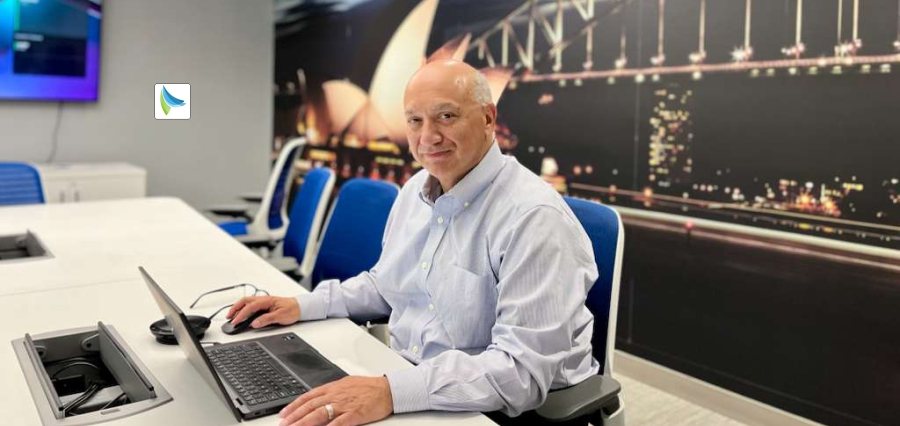The world around us is changing faster than ever, yet the old problems — long waits, unequal access to opportunity, tangled systems that seem impossible to untangle — remain stubbornly in place. What’s rare now, more than just knowing the math or mastering the technology, is the ability to see the people caught up in those problems and bring both sharp analysis and genuine care to solving them. This is where Operations Research steps in: not just a set of tools, but a bridge between cold numbers and warm human needs.
Among those who have walked this bridge for over sixty years stands Richard Charles Larson. He isn’t just a name in a textbook or a mind behind complex models. He’s the scholar who chose to wrestle with the chaos of city life — emergency response times, the agony of waiting in lines — with a passion that never lost sight of the individuals behind every data point. At MIT, where he taught and innovated, Richard Charles Larson earned the nickname “Doctor Queue,” not as a gimmick, but as a testament to how deeply he understood the invisible stresses woven into everyday waiting.
But the man behind the models is also quietly human in ways you might never expect. Take his walks in the Massachusetts woods, where the only sound besides the rustling leaves is the soft padding of Maisie, his golden retriever. There, away from graphs and algorithms, Larson finds the space where intellect meets reflection — a reminder that every equation has a heartbeat. His life’s work is proof that the greatest advances come not from cold logic alone, but from pairing it with kindness and a sincere wish to make the world better.
Let’s dive into the story of a visionary whose passion for teaching and problem-solving revolutionized waiting times, education access, and operational systems globally!
From Applied Mathematics to Lifelong Teaching
Larson’s journey started in the classrooms of MIT, where he was a graduate student studying applied mathematics. At first, his focus was on complex theories and abstract problems, but it didn’t take long for him to realize that what truly mattered was helping students understand difficult concepts. He found great satisfaction in those moments when a student’s confusion gave way to clear understanding—seeing that shift became a driving force in his work.
Over time, this experience shaped his belief that education is much more than just acquiring knowledge; it’s a tool that can open doors and create opportunities, especially for those facing economic hardships. Unlike material things, education can’t be taken away, and it has the power to change lives. This idea stayed with Larson throughout his career and inspired him to dedicate himself to making learning accessible and meaningful for everyone.
The Birth of Operations Research as Public Service
In the 1960s, Larson emerged from the halls of academia to make a tangible difference in the real world. Partnering with the RAND Corporation, he undertook a pioneering project to model emergency services in New York City. His work applied the principles of queueing theory and operations research to the deployment of police, ambulance, and fire services — optimizing their response times and saving countless lives.
This was not merely an academic exercise; his models transformed how cities approached emergency logistics, ensuring that help arrived faster when seconds could mean the difference between life and death. His innovations were so influential that he was inducted into the National Academy of Engineering, recognized for his leadership in applying mathematical methods to critical public services.
Doctor Queue Unlocking the Psychology of Waiting
Among the general public, Richard Charles Larson became widely known as “Doctor Queue,” a nickname that reflects his expertise in queueing theory — the study of waiting lines, bottlenecks, and delays. But his insights extended beyond the numbers. He discovered that the experience of waiting is shaped far more by psychology than by the actual time spent.
“People would rather wait ten minutes if they can see what’s happening than five minutes in the dark,” he explained in countless interviews. Transparency, fairness, and distractions can all ease the frustration of waiting, turning an often exasperating experience into one that feels tolerable, even just. This blend of hard data and empathy captured the public imagination and brought a human face to a technical field.
Shaping the Future of Education Through Technology
In the 1990s, Richard Charles Larson shifted his focus toward education itself, recognizing the transformative potential of technology to bridge gaps in access and quality. As Director of MIT’s Center for Advanced Educational Services (CAES), he spearheaded innovative approaches that went beyond traditional lectures.
One of his most notable contributions is MIT BLOSSOMS (Blended Learning Open Source Science or Math Studies), an interactive platform of video lessons designed for global accessibility. Inspired by his visit to a remote village school in China, Larson envisioned lessons that were not passive but engaging, incorporating pauses for discussion to foster active learning among teachers and students alike.
Today, BLOSSOMS reaches students across dozens of countries, especially in regions where quality STEM education is scarce. His philosophy was clear: ignite curiosity, don’t just convey information.
LINC: Building Global Educational Bridges
Not content with developing content alone, Richard Charles Larson founded the Learning International Networks Consortium (LINC) in 2002, a global network that connects educators, policymakers, and practitioners from over 25 countries. LINC fosters collaboration and knowledge exchange to harness technology in overcoming geographic and economic educational barriers.
Through LINC, MIT partnered with the Government of Punjab, Pakistan, to incorporate BLOSSOMS into public secondary schools — a move that demonstrably improved STEM learning outcomes. This initiative exemplifies his broader vision of education as a universal human right and a driver of social mobility.
A Prolific Scholar and Mentor
Richard Charles Larson has authored more than 175 research articles and six books, addressing topics ranging from e-learning and emergency services to energy management. His work has had a significant impact on policies and practices across various sectors, including smart grids and hospital operations.
Beyond his scholarly achievements, Richard Charles Larson is deeply remembered for his mentorship. Students often highlight his warmth, approachability, and his belief that academic theory should lead to tangible improvements in people’s lives. Many credit his guidance with inspiring their own contributions to fields like healthcare innovation, reflecting the lasting influence of his compassionate and practical approach.
Personal Dimensions: Love, Loss, and Loyal Companions
While professionally celebrated, Larson’s life has also known profound personal challenges. He was married for 43 years to Mary Elizabeth (Liz) Murray, his life’s steadfast companion until her passing in 2022. Together, they shared a huge love for animals, a passion that continues in his life today.
Larson’s home is shared with Maisie, a golden retriever who accompanies him on quiet morning walks through the wooded trails of Massachusetts. These moments away from the demands of academia and global projects provide him with clarity and calm, a chance to reconnect with what truly matters. The companionship and unconditional loyalty of his pet serve as a constant reminder of the simpler, deeper truths beyond formulas and data.
This same sense of empathy guides Richard Charles Larson’s approach to leadership. He embodies the principles of servant leadership, prioritizing listening and supporting others above all else. His belief in freedom is always balanced by a strong sense of responsibility, shaping the way he interacts with colleagues, students, and communities alike. This blend of compassion and conviction has been a defining thread throughout his life and work.
Mathematics Meets Humanity
What sets Richard Charles Larson apart is his refusal to separate intellect from compassion. His operations research courses at MIT have become legendary not only for their technical depth but for their storytelling — weaving real-world examples from emergency response and education that bring abstract math to life.
His optimization models remain integral tools today, used by cities to dispatch emergency vehicles faster, by hospitals to reduce patient wait times, and by airports to manage passenger flow — where every delay can have serious consequences.
The Global Reach of an Inspired Vision
Richard Charles Larson’s educational initiatives reach far beyond American borders. Through LINC and BLOSSOMS, students in India, Pakistan, and numerous African and Asian nations have accessed STEM curricula that would otherwise be out of reach. He insisted that lessons be culturally adapted and active, not passive downloads of knowledge.
This international scope underscores his belief that education is not a privilege but a right and a catalyst for sustainable development.
Navigating Challenges in the Digital Age
Despite his enthusiasm for technology, Richard Charles Larson remains mindful of its limits. He warns against the passive consumption encouraged by many online platforms and highlights the persistent “digital divide” — where unreliable internet and lack of devices hinder learners.
His solution: blended learning, combining the best of digital tools with live instruction to foster collaboration and engagement. BLOSSOMS exemplifies this approach, embedding pauses for teacher-student interaction rather than mere video playback.
He advocates continuous research to monitor digital learning’s effectiveness and to adapt policies as technologies evolve.
Awards and Honors
Richard Charles Larson’s exceptional contributions have been recognized by numerous prestigious honors:
- Election to the National Academy of Engineering for his leadership in operations research applied to service industries.
- Fellowship with INFORMS for lifetime achievement.
- The George E. Kimball Medal, recognizing distinguished professional service.
- Multiple Educator of the Year awards, acknowledging not just his technical brilliance but his dedication to public service.
These accolades reflect a career devoted to the public good, to education, and to innovation.
Shaping Future Leaders
Many of Larson’s former students have gone on to become influential figures in academia, government, and industry. They remember his unique combination of warmth, rigor, and practicality. His insistence on connecting theory with human benefit has inspired generations to approach research with a mission-driven mindset.
The Human Face of Operations Research
Though the field may seem abstract, his life’s work reveals the human stories behind every formula. Emergency dispatchers reach crises faster, patients wait less in hospitals, and students worldwide receive better education because of his efforts. He often shares anecdotes of individuals helped by his research, underscoring that behind every model is a person.
Looking Forward to Lifelong Learning as a Vision
Now in his 80s, Richard Charles Larson remains intellectually active and optimistic about the future of education. He envisions a lifelong learning journey where technology and empathy work hand in hand. Critical thinking, adaptability, and cooperation will be key skills in an ever-changing world.
He encourages educators to build inclusive systems that enhance human connection rather than replace it — a fitting capstone to a life spent bridging intellect and humanity.
The Measure of a Life Well Lived
Richard Charles Larson hopes to be remembered simply as someone who cared deeply and made a meaningful difference by listening, learning, and teaching. For him, that personal connection and genuine concern are the true measures of a life well lived.
In a world that often moves too fast and feels detached, his story serves as a powerful reminder that the most enduring legacies are grounded not only in knowledge but in kindness and compassion.














